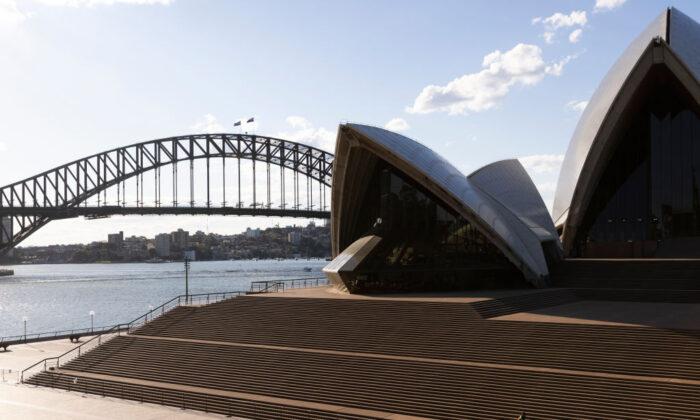A survey by JP Morgan reveals that Australia’s business leaders are “cautiously optimistic about the economy,” while almost half expect a recession in 2023. It also points out that energy prices “continue to weigh on Australian businesses.”
It was the best of times, it was the worst of times, it was the age of wisdom, it was the age of foolishness, it was the epoch of belief, it was the epoch of incredulity, it was the season of Light, it was the season of Darkness, it was the spring of hope, it was the winter of despair, we had everything before us, we had nothing before us, we were all going direct to Heaven, we were all going direct the other way—in short, the period was so far like the present period.Dickens’s tale is also a timely reminder that, in economic matters, Australia could learn a great deal from comparable historical developments in other countries, for example, Argentina.
Argentina and Australia have comparable areas of arable and pastureland. In 1900, both countries had populations of approximately four million people. Since then, the Australian population has grown by approximately 21 million and Argentina’s by 41 million people.

Opening Up Trade in Europe
Across the Pacific, Europe’s population was bursting at the seams after the coal-fired Industrial Revolution. For the four centuries prior to 1750, plague and famine had regularly visited Great Britain, and the average population growth over that period was about three percent per century.From 1750 to 1850, the population grew 300 percent, not because of an increased birth rate, but mainly due to increased longevity. But the price of tariff-protected locally produced grain had driven the price of bread above the average household budget, and poor people had to resort to potatoes as their staple food. By 1840, the population had grown too rapidly, and food production and distribution failed to keep up with the growth in population.
In the 1840s, Great Britain had a Parliament of around 650 members, and the laws had been adopted to protect trade and prices of food products were well controlled. Yet, in the words of Edgar Sanderson, in 1840, “famine was rife, and everywhere the gaze met gaunt, haggard men, shrivelled women and emaciated children.”
Then, in 1845, when the Irish potato crop was destroyed by blight, the situation became desperate.
Responding to these challenging economic circumstances, a vigorous group of men had been promoting the idea of free trade, the idea of removing government controls on prices with considerably reduced taxes on trade. They formed the Anti-Corn Law League.
From Abundance to Sparsity
Around the turn of the century, in the early 1900s, Argentinean meat and grain then fed Europe. Argentina also was second only to the United States in the number of immigrants from Europe, and the thriving economy led to its status of being the seventh richest country in the world by 1908.The British company, Swifts, built an abattoir on the River Plate to service the booming trade with Europe. With the invention of ship refrigeration in 1876 and the opening of the Panama Canal in 1914, Australia could compete, and Swifts built an identical abattoir on the Brisbane River at Cannon Hill in 1913.
Since the first few prosperous decades of the 20th century, Argentina has now become an economic basket case, recently having to import meat and grain because of socialist taxation programs.

Will Australia Continue Down the Argentinean Road
Similar policies are now being implemented in Australia in vain attempts to satisfy unrealistic emissions targets set by a disparate collection of nations following dodgy scientific advice.The charges against carbon dioxide must be tested in the courts to clear the air for a prosperous future in a verdant world before proceeding further down the Argentinean road to nowhere.
Yet Australian schools teach a revisionist history, whitewashing the raw past to sanitise and popularise political objectives inimical to economic progress and human well-being.
The Swifts’ Cannon Hill abattoir building on the Brisbane River is a metaphor for the Australian economy today.
When a young engineer was assigned to investigate and ensure the structural stability of this imposing structure, he found that the façade hid a rotting building infested by rust, rats, and cockroaches.
Surely, it is time to clean up Australia, commencing with fundamental reform of an archaic, corrosive, and demotivating tax system. Uncontrolled spending policies and the implementation of cosy collaborative projects of big government in collusion with big unions and big business do not serve Australia well.






